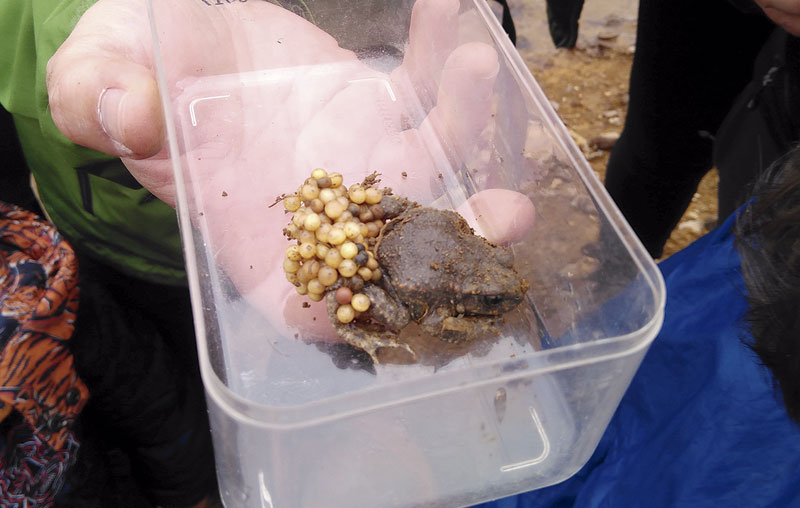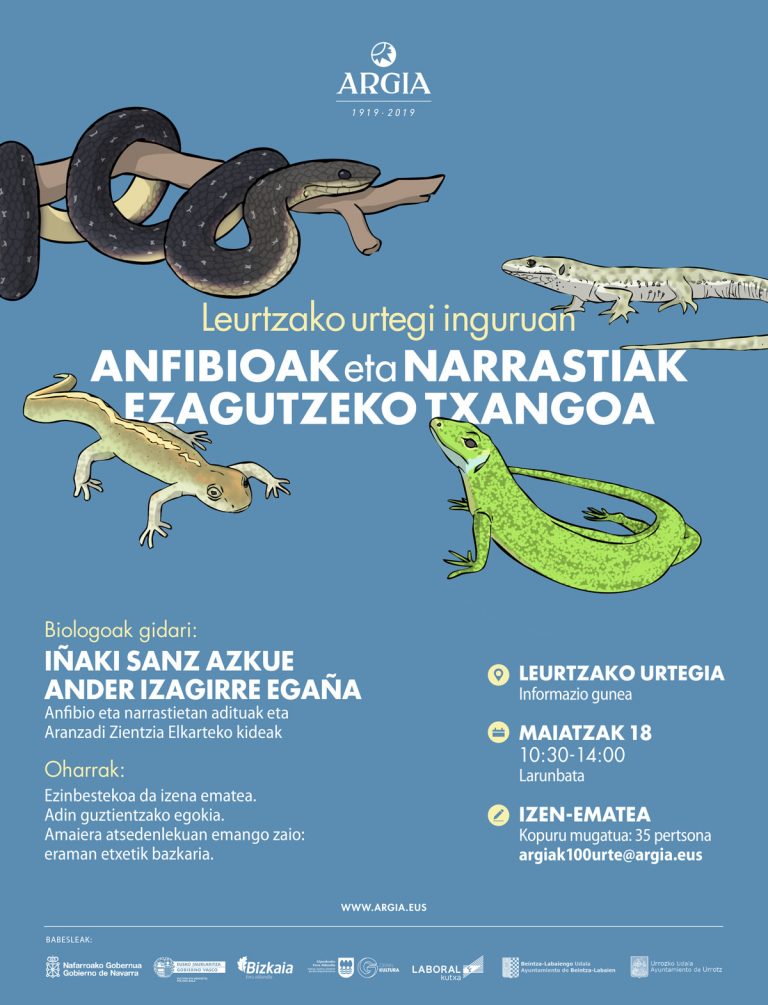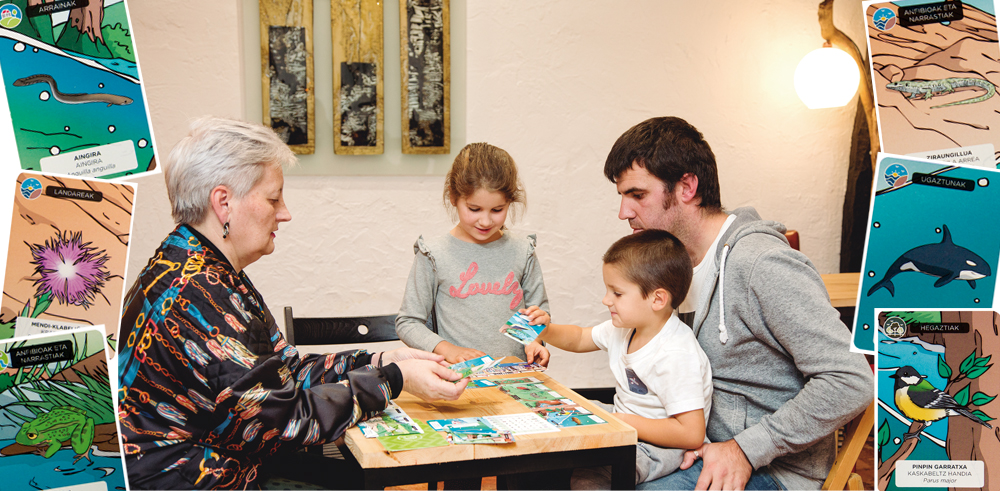How do you help amphibians cross the road?
- The time has come for ordinary Iberian toads. In the coming weeks, they will leave the forests and take the path of the water areas to reproduce. They will be in a group. Along the way, however, they are often faced with a major obstacle: the roads are the grave of many toads. In this article, biologist Iñaki Sanz and Azkue will explain the details of this trip, mixing their investigations and curiosities.

The common Iberian toad (Bufo spinosus) is a species with great survival capacity due to the numerous barriers it must cross throughout its life cycle. As in many amphibians, about 95% of the eggs placed in the stoppers will not reach maturity. And when you arrive, you'll have to work if you want to move on: destruction and pollution of the rivers, ponds or streams you use to reproduce, natural predators, and roads.
At this time, in early spring, the toad migrates from the area where winter has passed to the ugal points. Sometimes a trip in kilometers. On the road he meets the road. Take advantage of warm and rainy nights for the toads to grow and often stops at the warmth of the asphalt that has warmed during the day in the middle of the road. And the car will come in front, and the driver will see something on the road standing, or moving calmly: they're the red dots of the asphalt. Toads
This reproductive route is usually done as a group. Thus, it is not uncommon to find a group of toads on the roads near rivers, reservoirs or streams on the warm and rainy March-April nights. That is why every year there are many dead in the asphalt, hit by cars. According to several studies, amphibians are the main victims of violence on the roads of the Basque Country. The problem is worldwide, but studies have also been carried out in the Basque Country.
In 2008, 1,083 amphibians died in six months on the Igeldo road. Most toads
In 2008 we presented at the Congress of Herpetology of Coimbra (Portugal) a paper on the catches of amphibians and reptiles on a Igeldo road. In this work we have 1,083 amphibians and reptiles of different species that have died in six months. Of these, 96 per cent were amphibians and more than 50 per cent of the amphibians were common Iberian toads. Furthermore, the work showed that the areas where there was a road between the forest and the reproductive area were those with the highest number of catches.

Biodiversity study could regulate the road
The residents of Meaka de Irun, concerned about the number of dead wipes they found on the road to the neighborhood, expressed their concern to the City Hall of Irun. The researchers analyzed the causes of these atrocities and their consequences on the toad population, according to the same sources. The catches were abundant, but what should be done to prevent this? There are different options:
In the French state we have found the first example. A group of neighbors responded to the problem: every night they met on the neighborhood road to cross the helmets from one side of the road to the other. The communal work ended after its passage through the time of Ugal.
In Saint-Malo, Brittany, a road closes at night at a time of prole
However, there have also been people who have made bolder decisions. In 2018, in the Breton town of Saint-Malo, one of the roads was closed at night during the time of the toads. In the German town of Tübingen, cars placed signs of slowing down on the black spots on the roads where the toads crossed.
To do this, firstly, black spots with the most catches in different countries have been analyzed. Also analyzed 60,000 km of hunting in Spain, in which 43,505 deaths of animals of 301 different species have been recorded. And because of this kind of work, in Germany, for example, they decided to do improvement works to cross the fauna on the roads. In order to avoid a "black area" in the Lake Windgfällweiher area, the German Government built a road tunnel for amphibians in July 2011. With this method, amphibians crossing the road are forced to pass through the tunnels under the truck, placing barriers to access to the road.

















